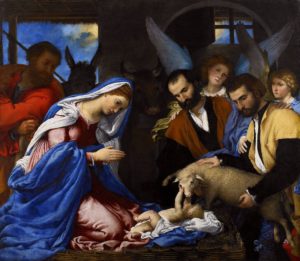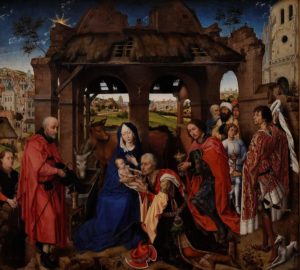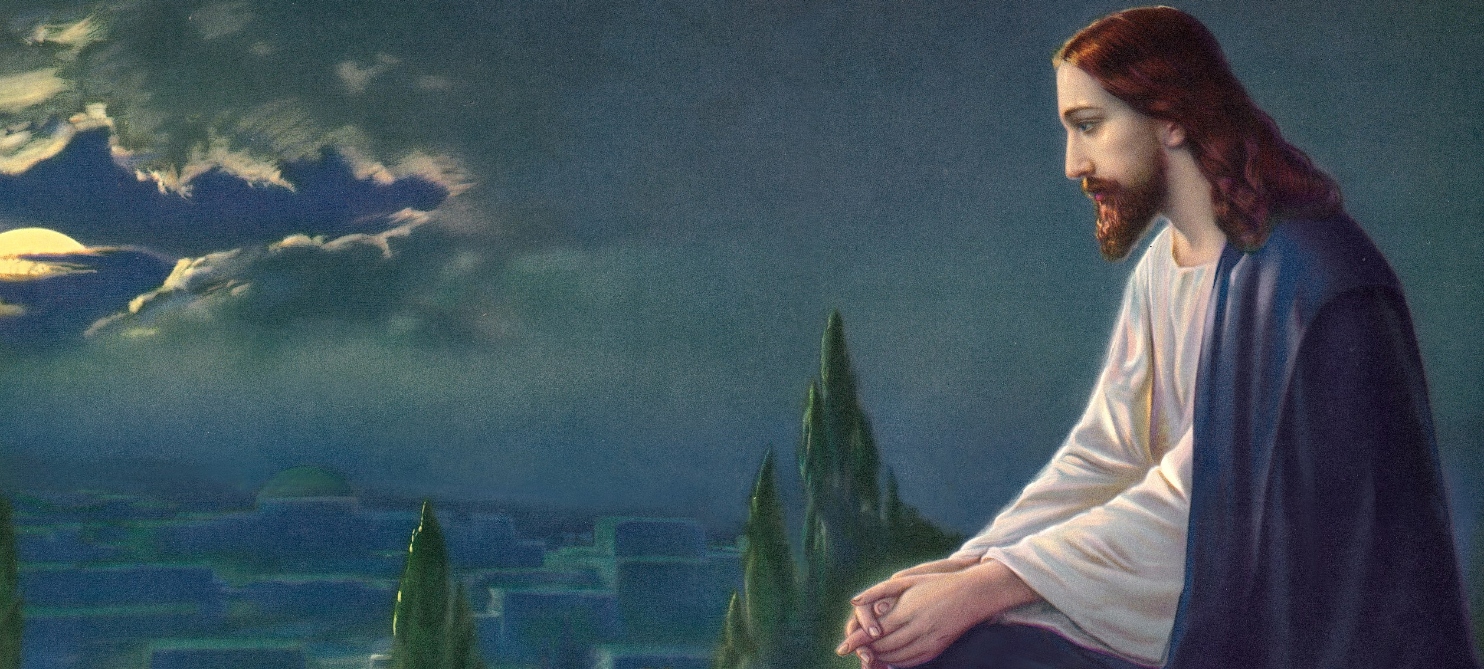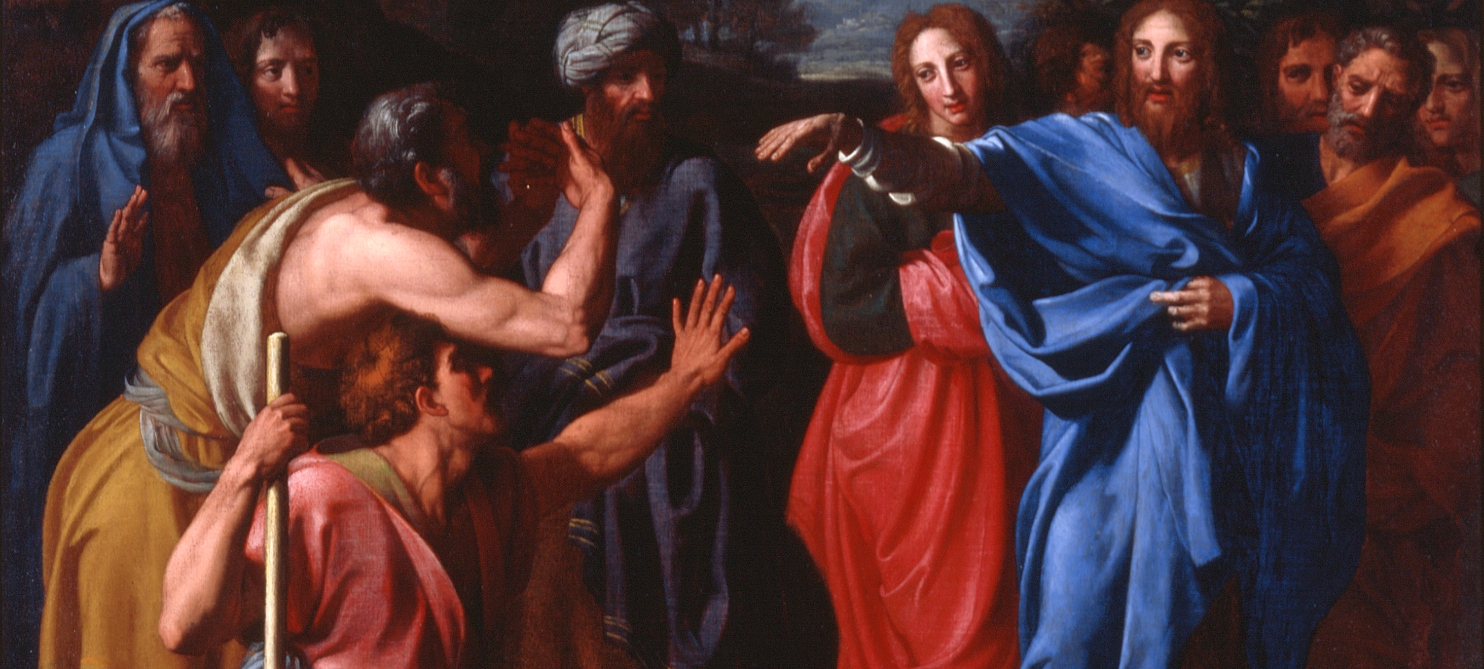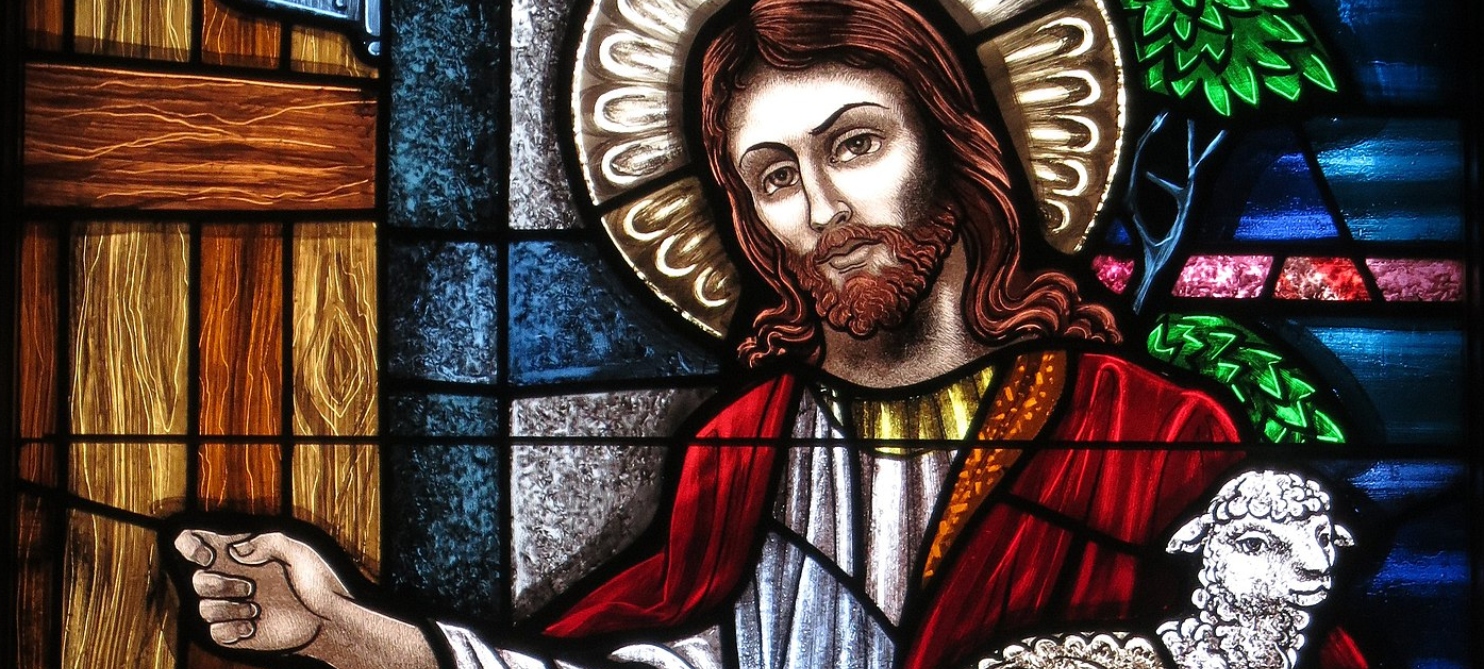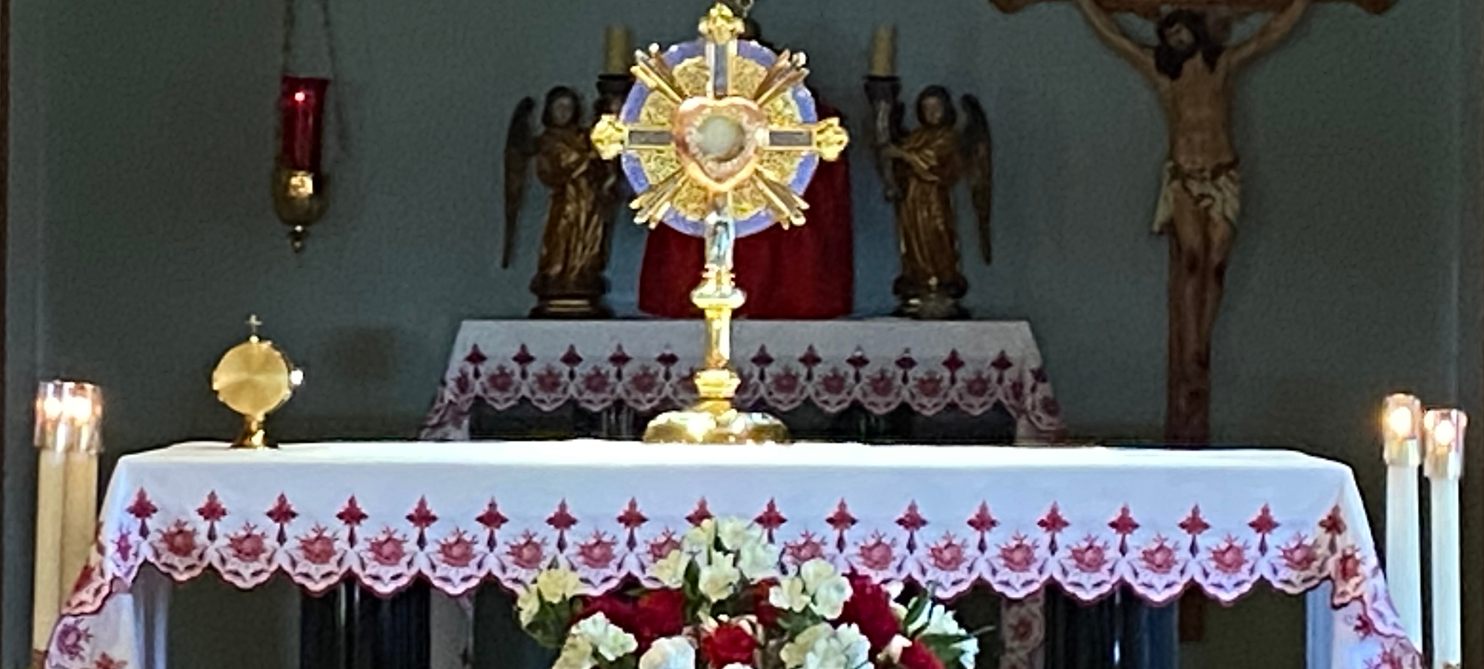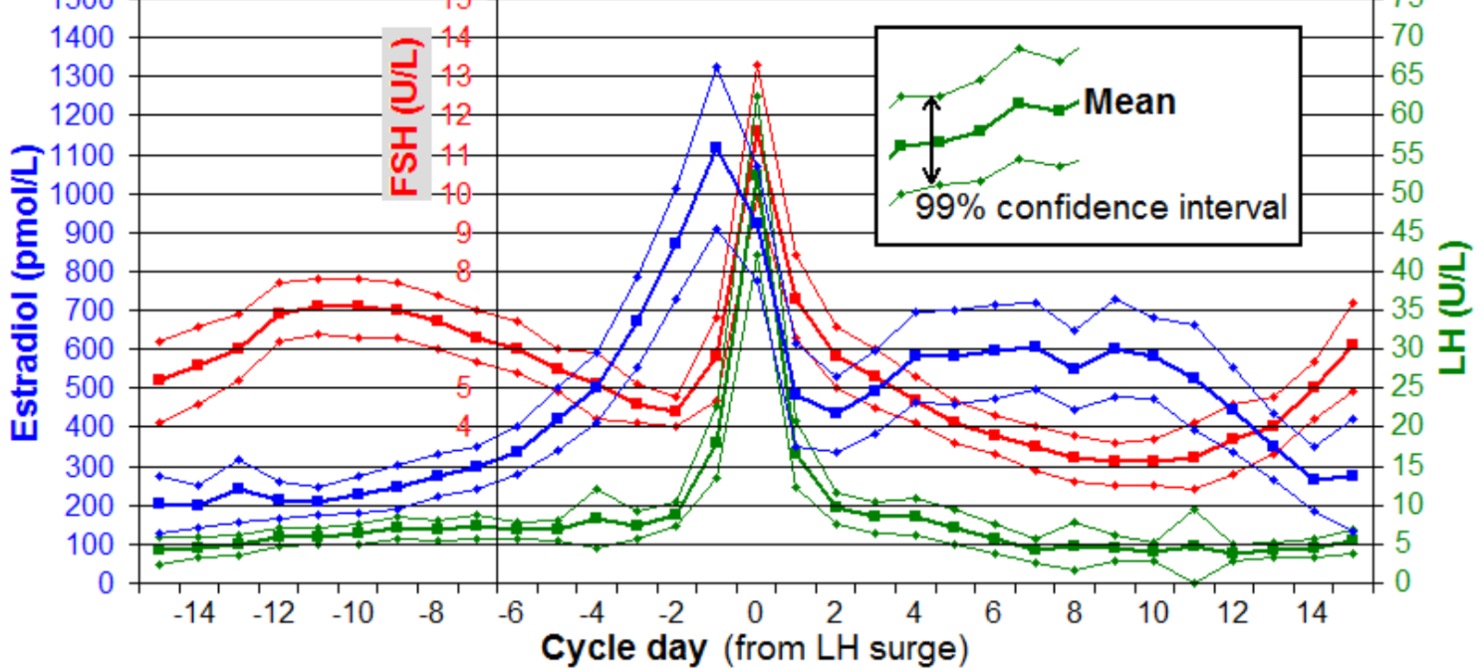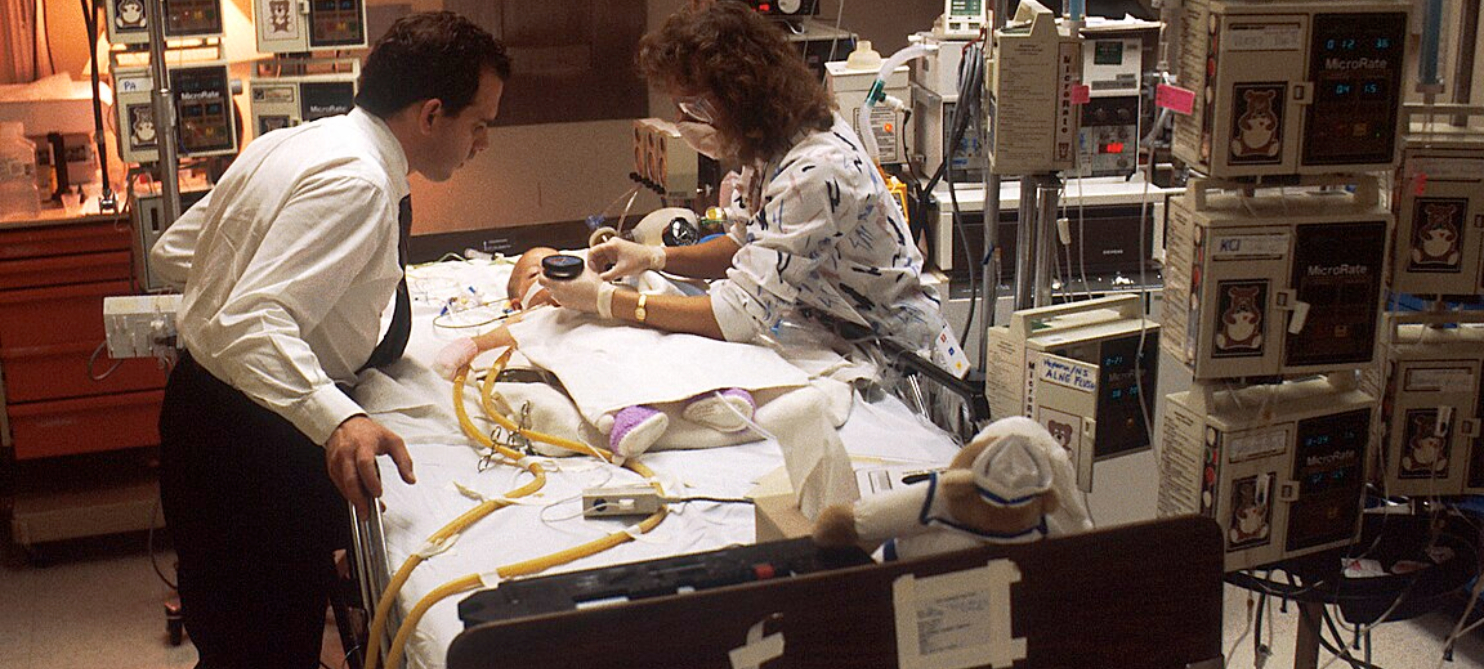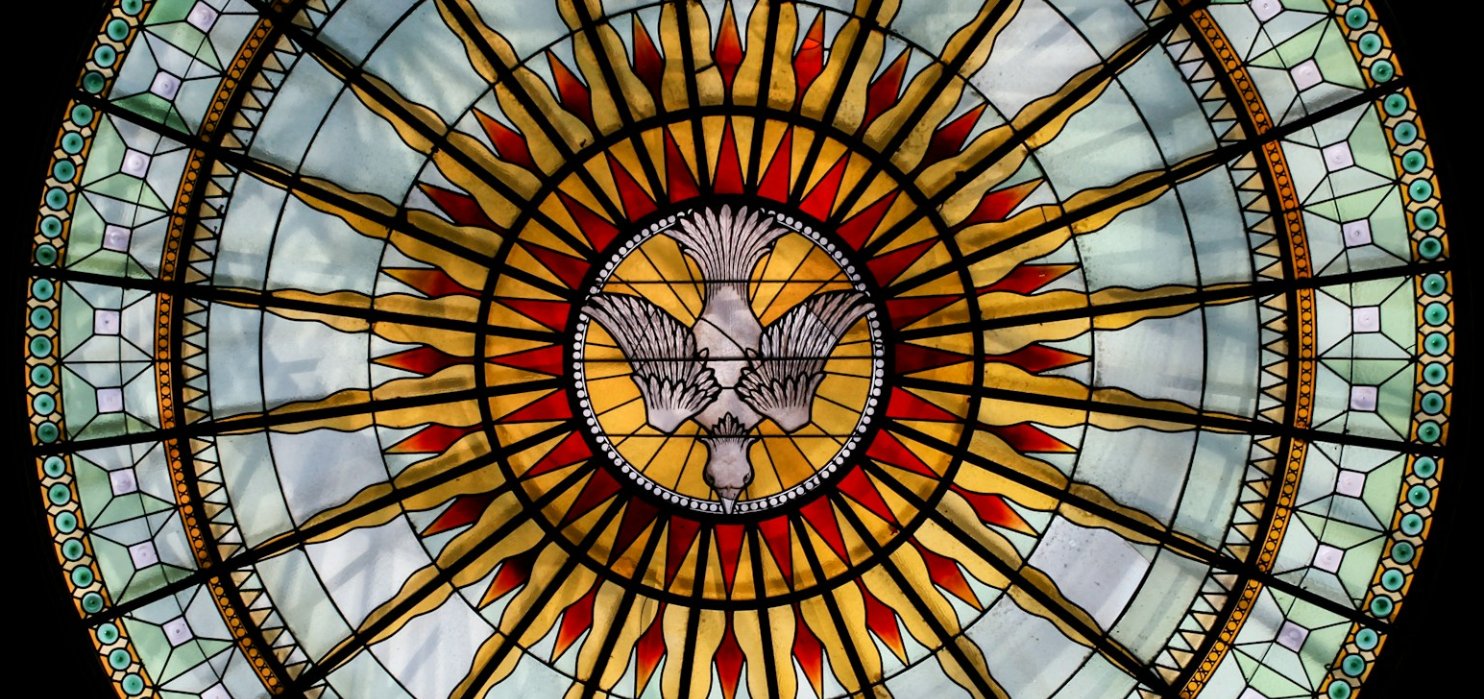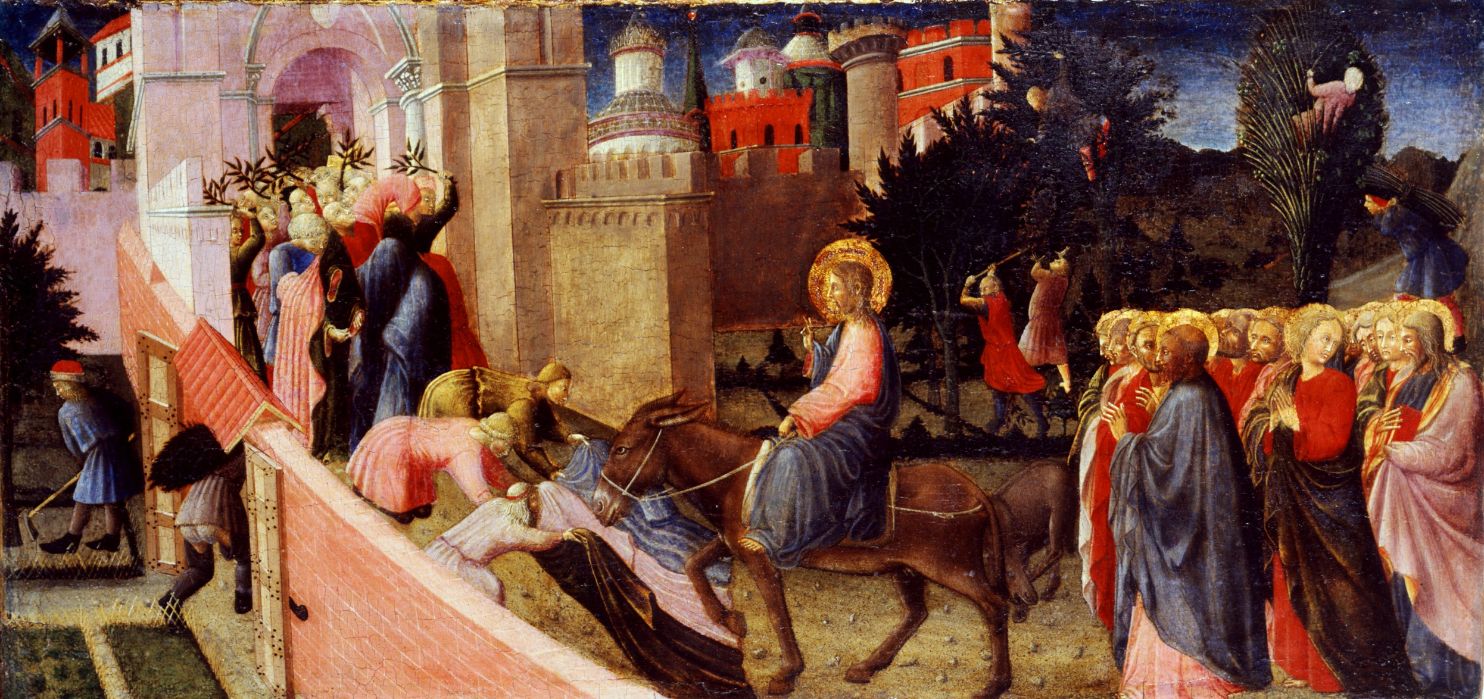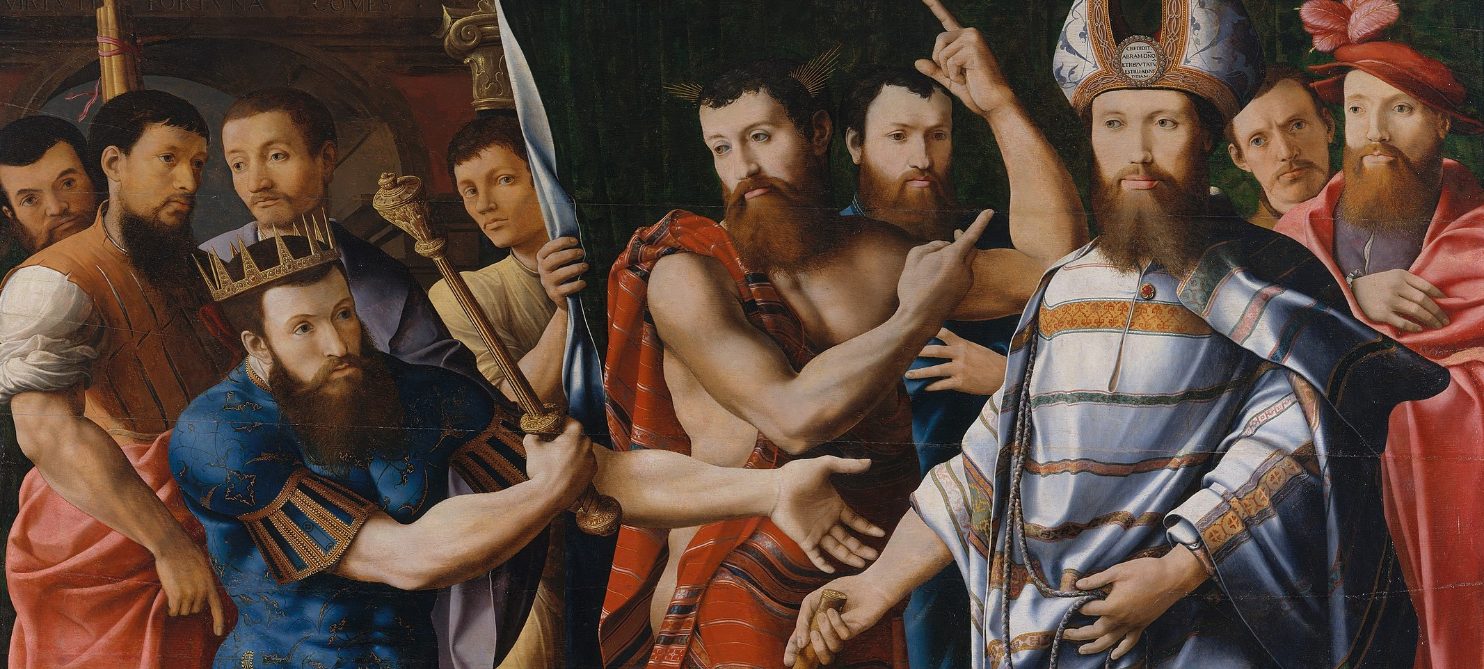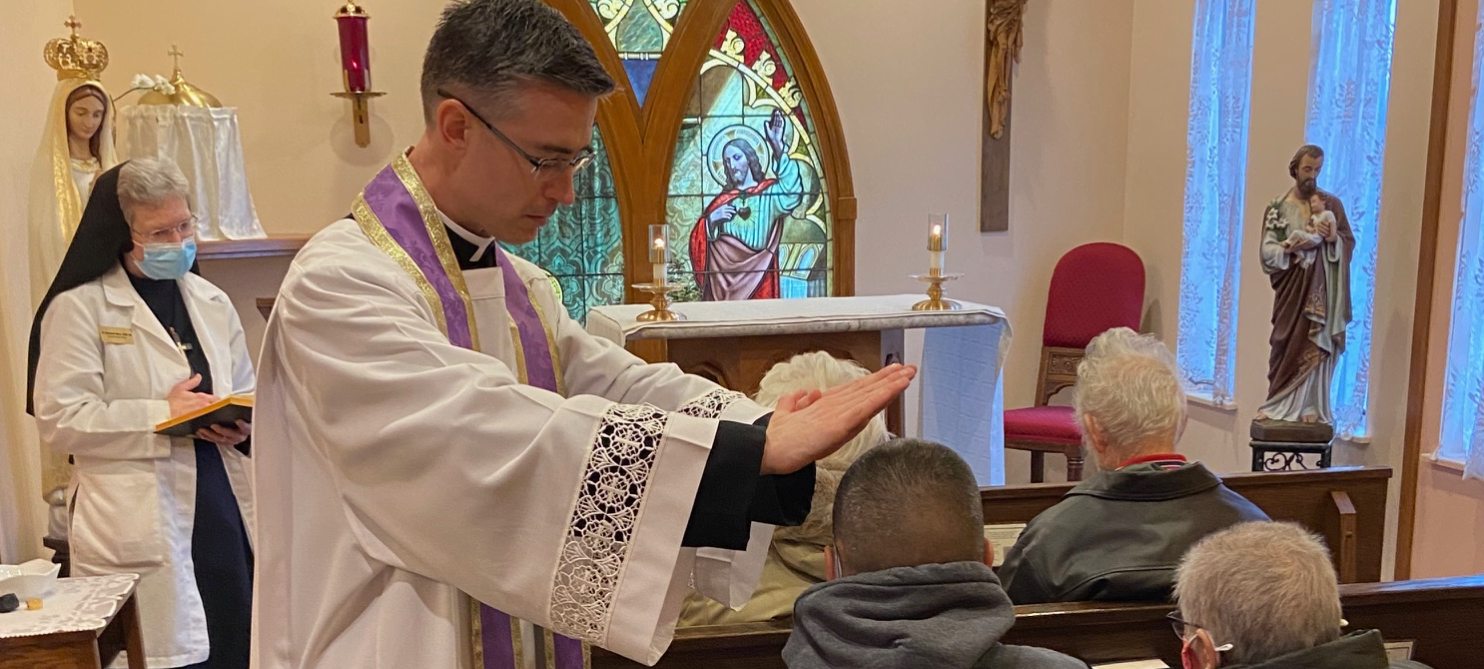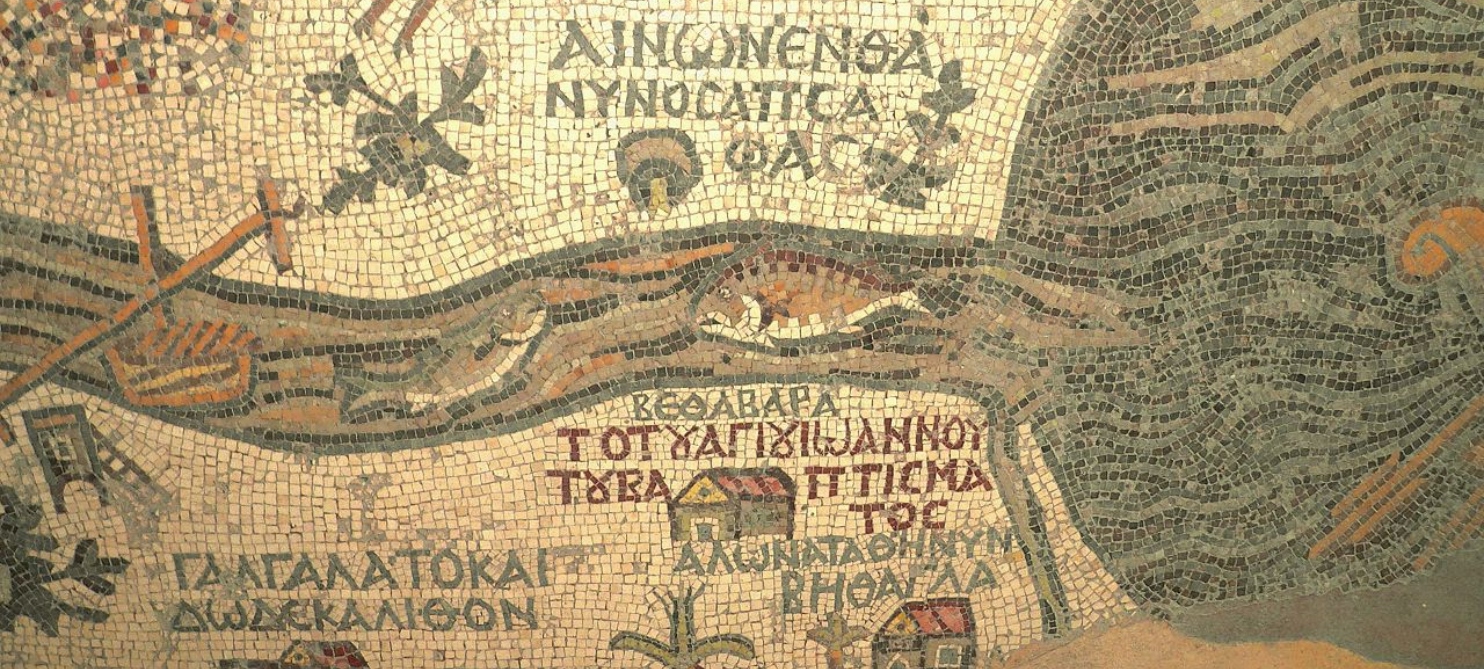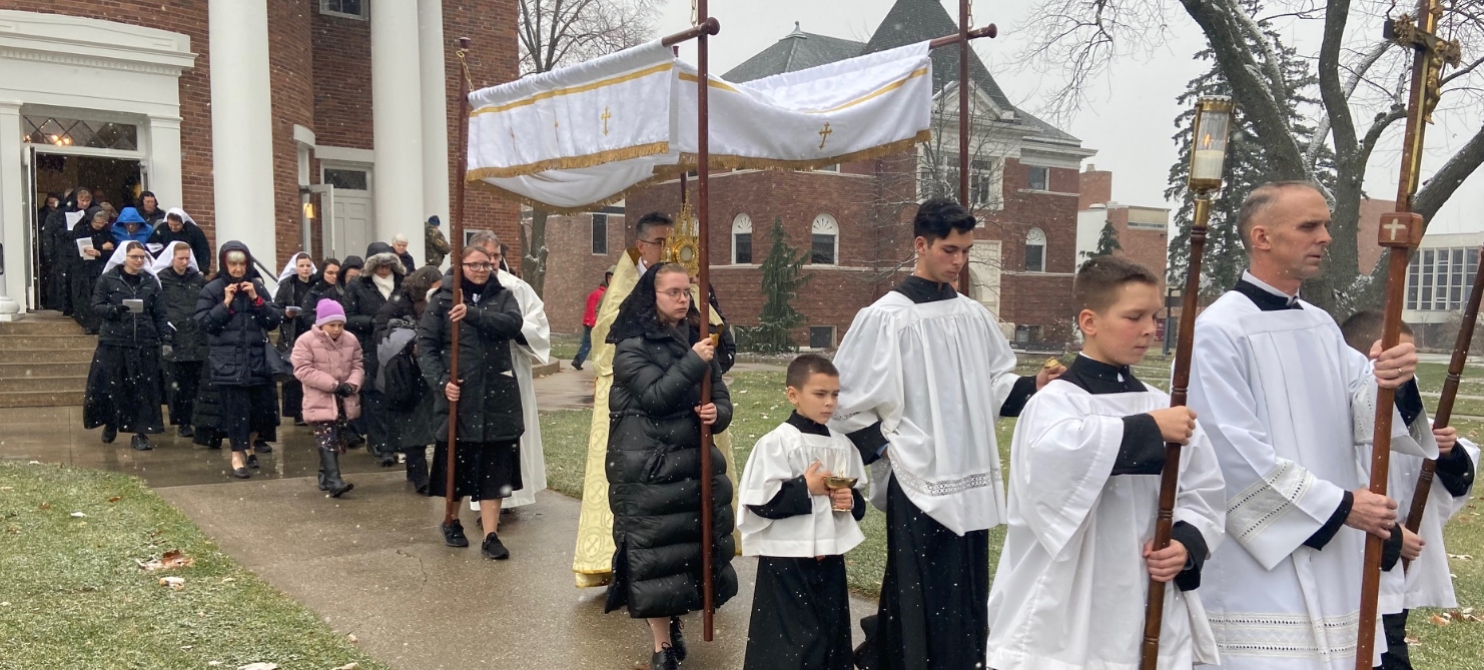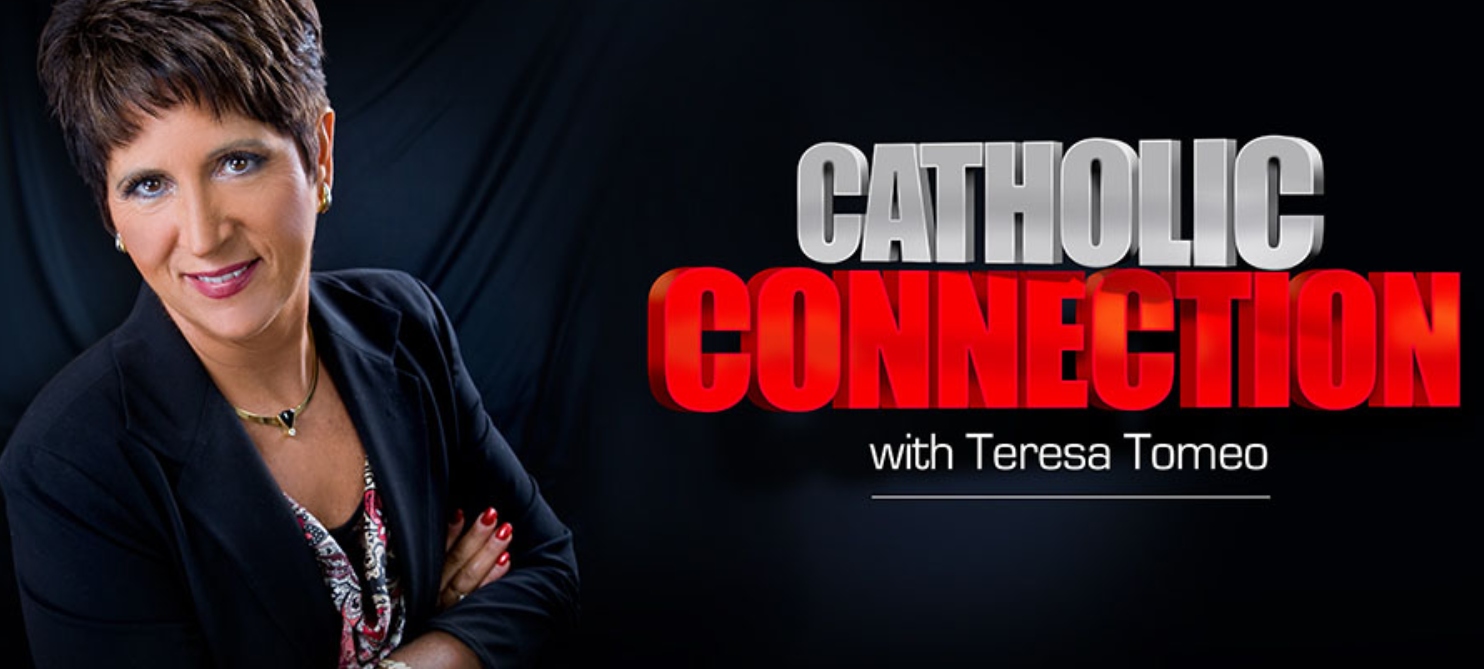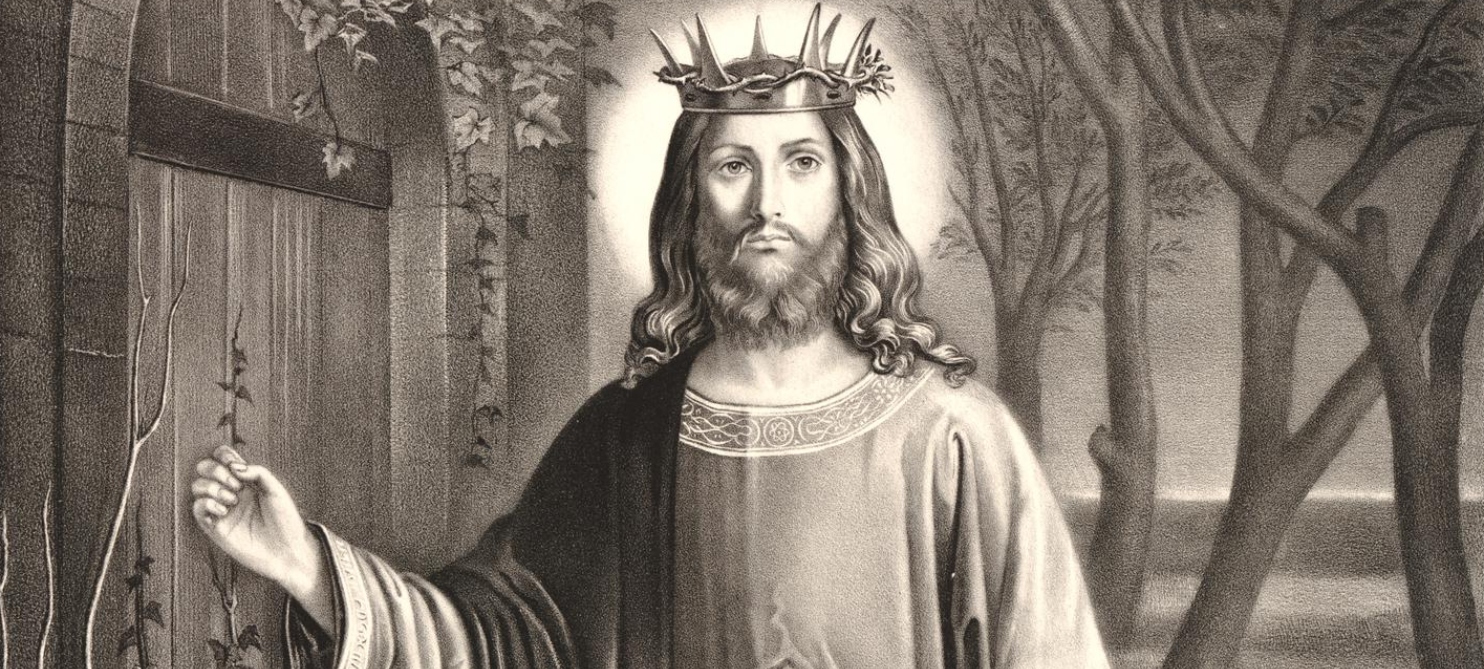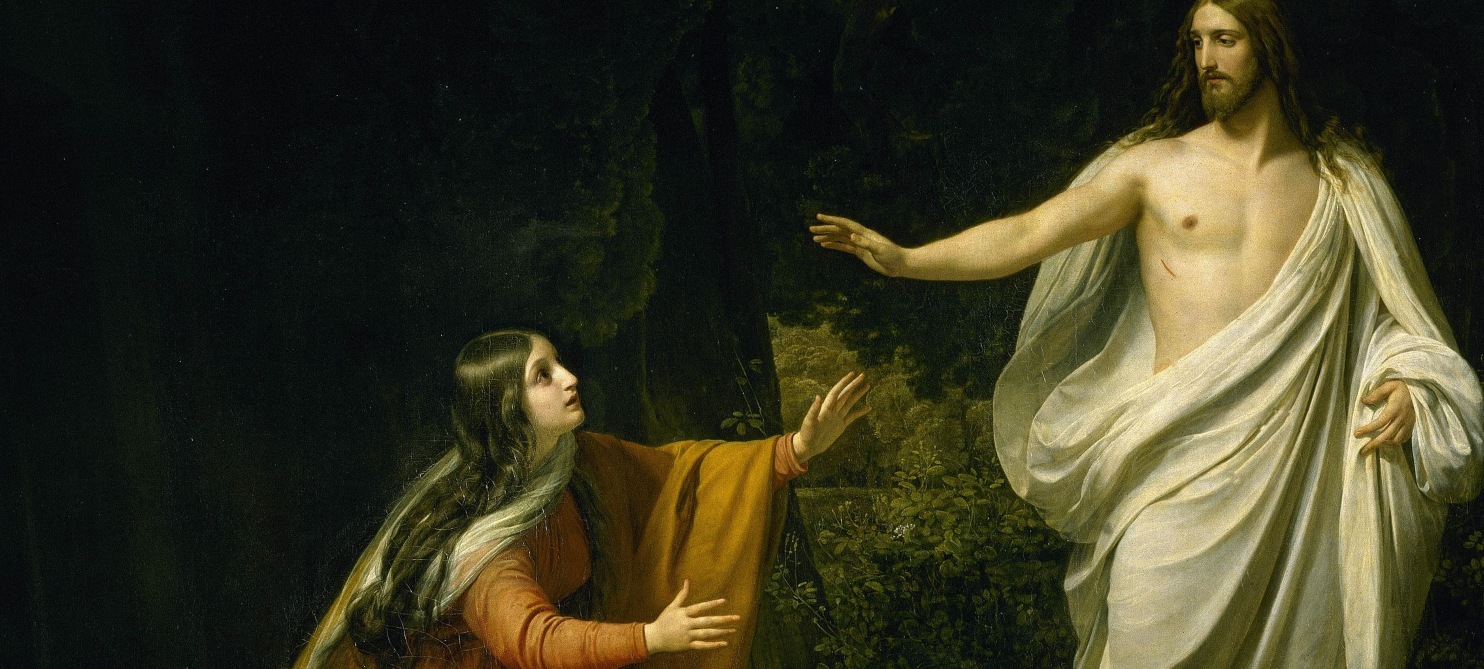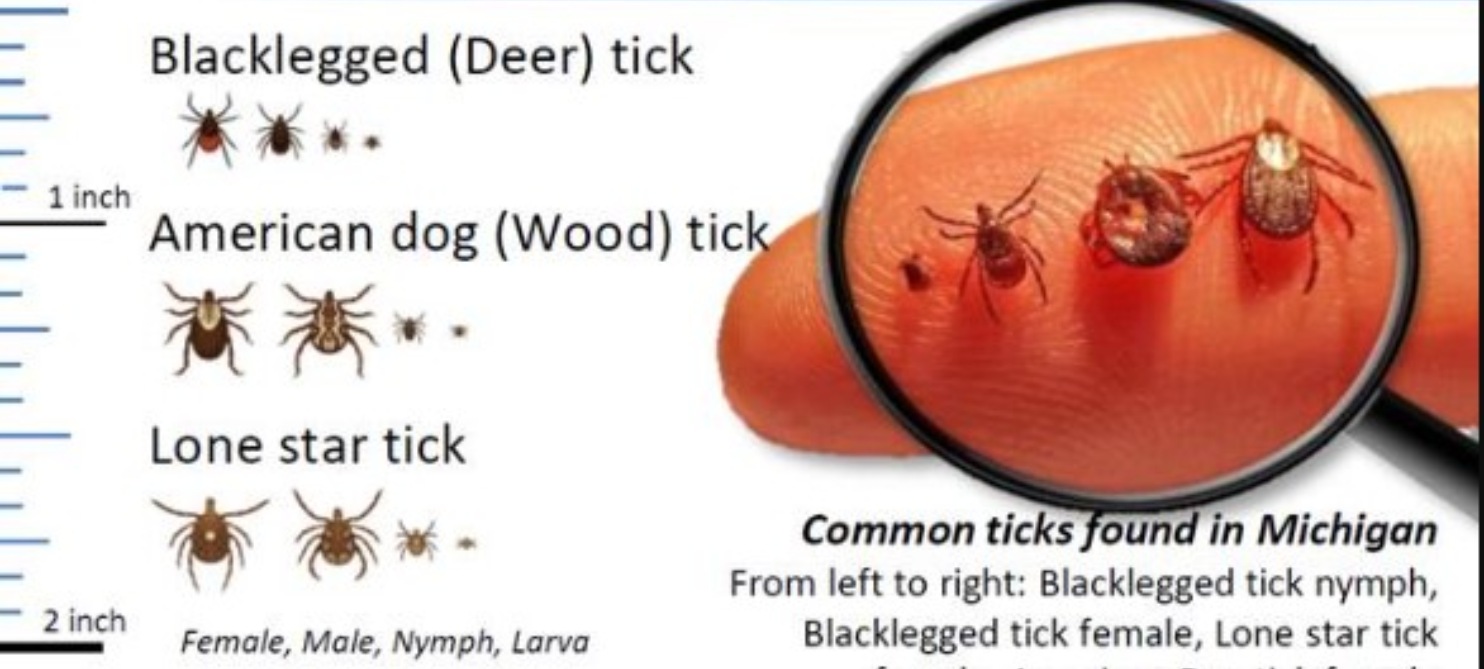Emmanuel, God-with-us, by wedding the divine nature to a human nature, is born in time. A baby is born to die; the king will reign from the cross; the Savior destroys death by dying on the cross. His conception and birth herald the dawning of our redemption.
His birth marks the revelation of His first sufferings, self-emptying, and love of the Father and us that will be consummated by His death on the cross before His glorious resurrection.
Listen to the Words of the of the Christmas Proclamation:
JESUS CHRIST, eternal God and Son of the eternal Father,
desiring to consecrate the world by his most loving presence,
was conceived by the Holy Spirit,
and when nine months had passed since his conception,
was born of the Virgin Mary in Bethlehem of Judah,
and was made man:
The Nativity of Our Lord Jesus Christ according to the flesh.[i]
The Fittingness of the Incarnation
As Saint Thomas Aquinas writes in the Summa Theologica on the “fittingness of the Incarnation”:
It would seem most fitting that by visible things the invisible things of God should be made known; for to this end was the whole world made, as is clear from the word of the Apostle (Romans 1:20): “For the invisible things of God . . . are clearly seen, being understood by the things that are made.” But, as Damascene says (De Fide Orth. iii, 1), by the mystery of Incarnation are made known at once the goodness, the wisdom, the justice, and the power or might of God—”His goodness, for He did not despise the weakness of His own handiwork; His justice, since, on man’s defeat, He caused the tyrant to be overcome by none other than man, and yet He did not snatch men forcibly from death; His wisdom, for He found a suitable discharge for a most heavy debt; His power, or infinite might, for there is nothing greater than for God to become incarnate . . .”[ii]
Future Events Cast Their Shadow
We see this concept of the connectedness of the Passion, Death, and Resurrection already present in the Nativity of the Lord in works of art. The Incarnation and the birth of Jesus are part of the redemptive mystery, not to be taken in isolation but as the revelation of the love God in tenderness and majesty, in humility and mystery.
In this painting by Lorenzo Lotto, the infant Christ grasps the lamb:
The Adoration of the Shepherds[iii]
Detail of Adoration of the Shepherds
Here the same artist places a Crucifix in the stable as almost a counter focal point to the Holy Family but tucked into the shadows:
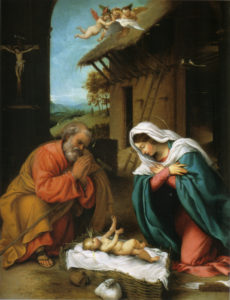
The Nativity[iv]
With this image of His birth, there is the image of the Crucified Christ in the background with the breaking of the dawn in the distance.
Saint Columba Altarpiece Triptych | Adoration of the Magi (middle panel) [v]
A King Born to Die – God Dies on the Cross to Set Us Free
The second reading of the Office of Readings for Holy Saturday speaks of the coming of our God-Made-Man as our rescue and redemption.
I am your God, who for your sake have become your son. Out of love for you and your descendants I now by my own authority command all who are held in bondage to come forth, all who are in darkness to be enlightened, all who are sleeping to arise. I order you, O sleeper, to awake. I did not create you to be held a prisoner in Hell. Rise from the dead, for I am the life of the dead. Rise up, work of my hands, you who were created in my image. Rise, let us leave this place, for you are in me and I in you; together we form one person and cannot be separated.[vi]
As we celebrate these days in honor of the Incarnation, let us ponder them in the depth of the context of the whole mystery of or redemption.
From the Liturgy of Christmas:
For through him the holy exchange that restores our life
has shone forth today in splendor:
when our frailty is assumed by your word
not only does human mortality receive unending honor
but by this wondrous union we, too, are made eternal.[vii]
Light of the World
Hear the Christmas song: Light of The World – Lauren Daigle
Featured Image:
Correggio, Antonio. “The Holy Night.” WikiMedia Commond, October 8, 2012. https://commons.wikimedia.org/wiki/File:Correggio_-_The_Holy_Night_-_Google_Art_Project.jpg.
[i] “The Nativity of Our Lord Jesus Christ from the Roman Martyrology.” USCCB. Accessed December 27, 2021. https://www.usccb.org/prayer-and-worship/liturgical-year-and-calendar/christmas/christmas-proclamation.
[ii] Saint Thomas Aquinas. “Question 1. The Fitness of the Incarnation.” SUMMA THEOLOGIAE: The fitness of the Incarnation (Tertia Pars, Q. 1). Accessed December 27, 2021. https://www.newadvent.org/summa/4001.htm.
[iii] Lotto, Lorenzo. “Adorazione Dei Pastori.” Wikimedia Commons, July 1, 2016. https://commons.wikimedia.org/wiki/File:Lotto,_adorazione_dei_pastori_00.jpg.
[iv] Lotto, Lorenzo. “The Nativity.” WikiMedia Commons, January 31, 2011. https://commons.wikimedia.org/wiki/File:Lorenzo_Lotto_017.jpg.
[v] van der Weyden, Rogier. “Saint Columba Altarpiece Triptych | Middle Panel: Adoration of the Magi.” WikiMedia Commons, May 29, 2016. https://commons.wikimedia.org/wiki/File:Der_Dreik%C3%B6nigsaltar_Rogier_van_der_Weyden.jpg.
[vi] ‘The Lord Descends into Hell.’ Holy Saturday – Office of Readings. Accessed December 27, 2021. http://www.liturgies.net/Liturgies/Catholic/loh/lent/holysaturdayor.htm.
[vii] “Preface of the Nativity of the Lord III | The Exchange in the Incarnation of the Word | Missal.” iBreviary. Accessed December 27, 2021. https://www.ibreviary.com/m2/messale.php?s=prefazio&id=446.
Posted for Christmas 2021
